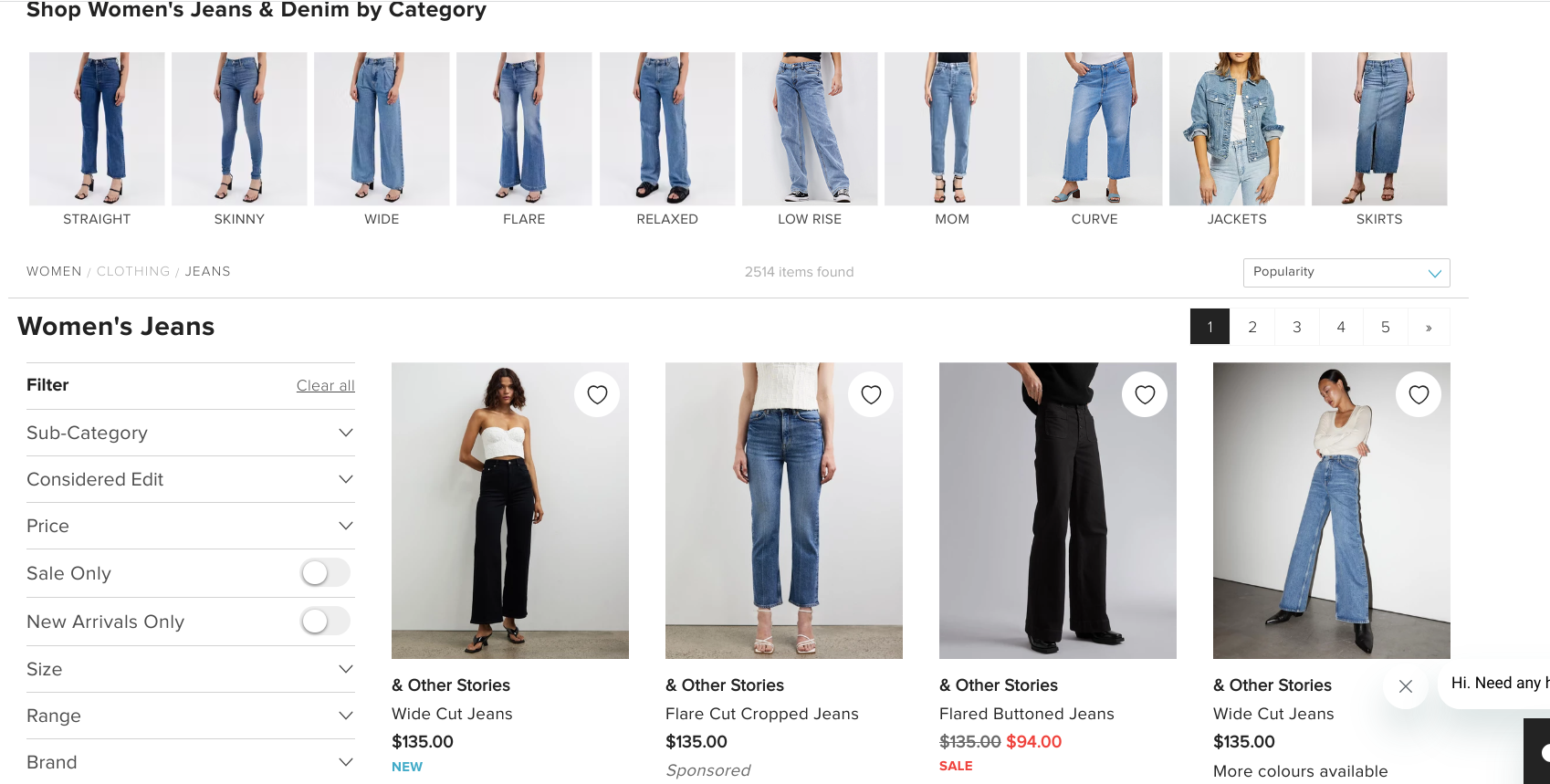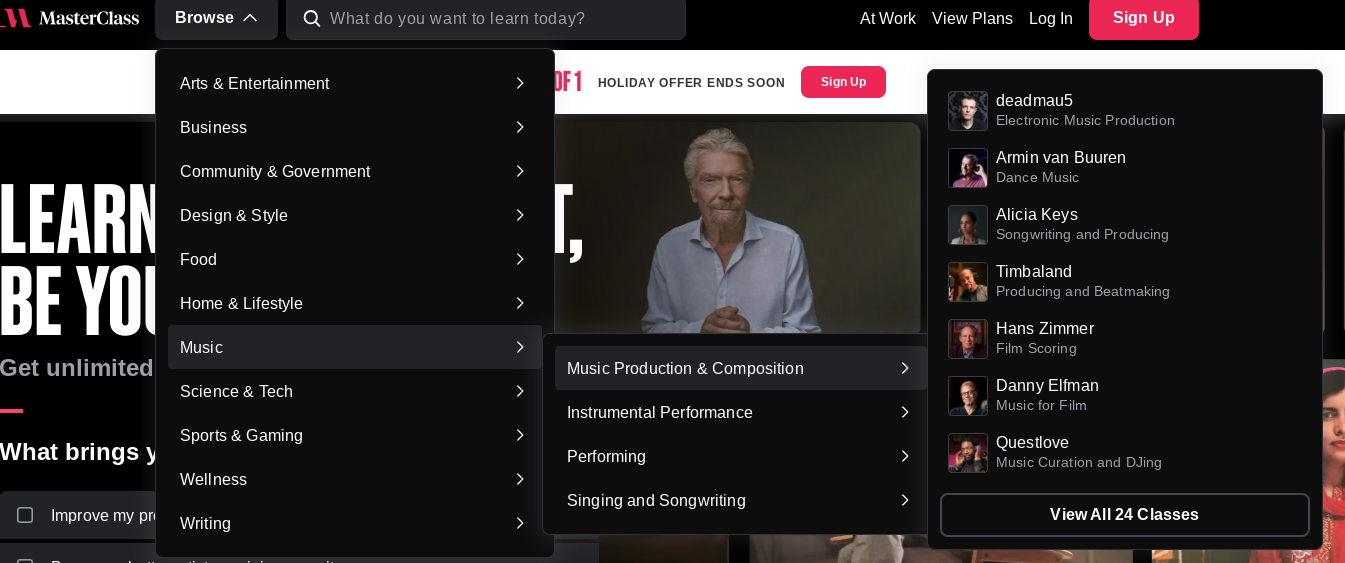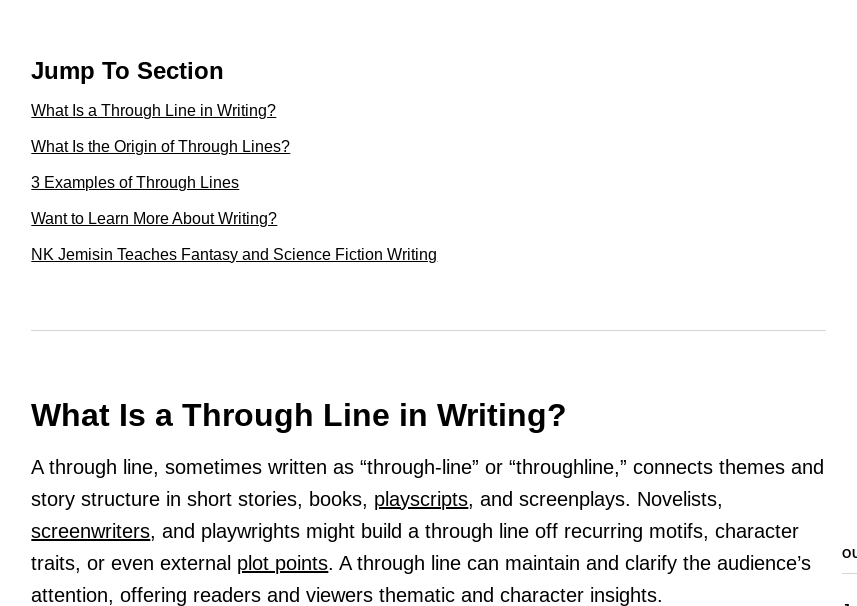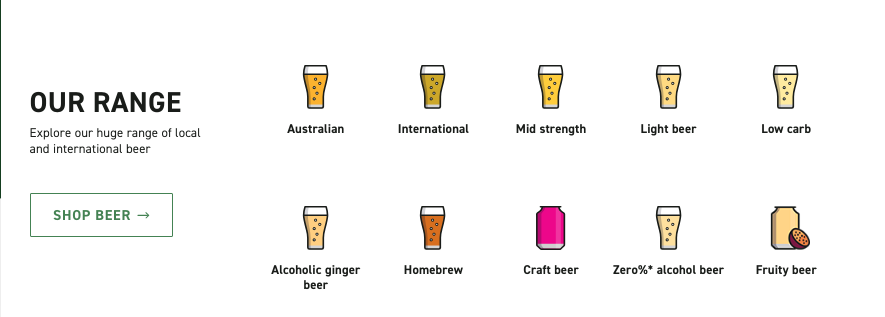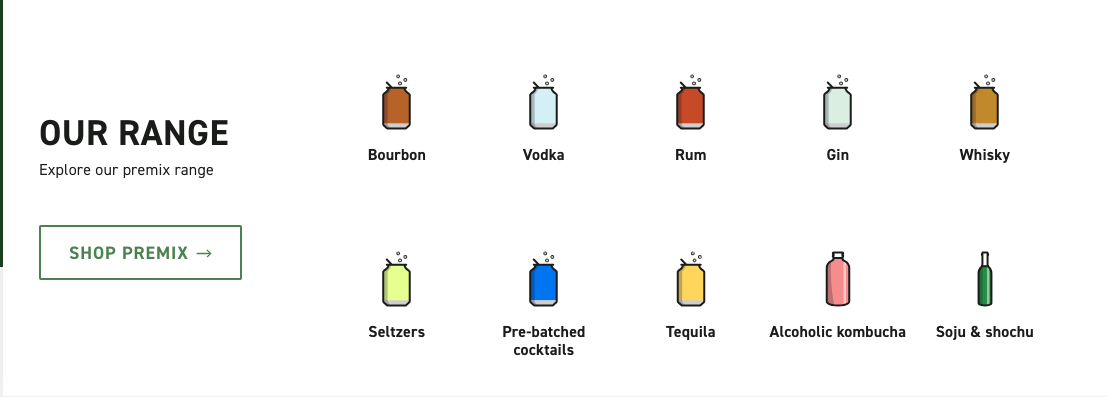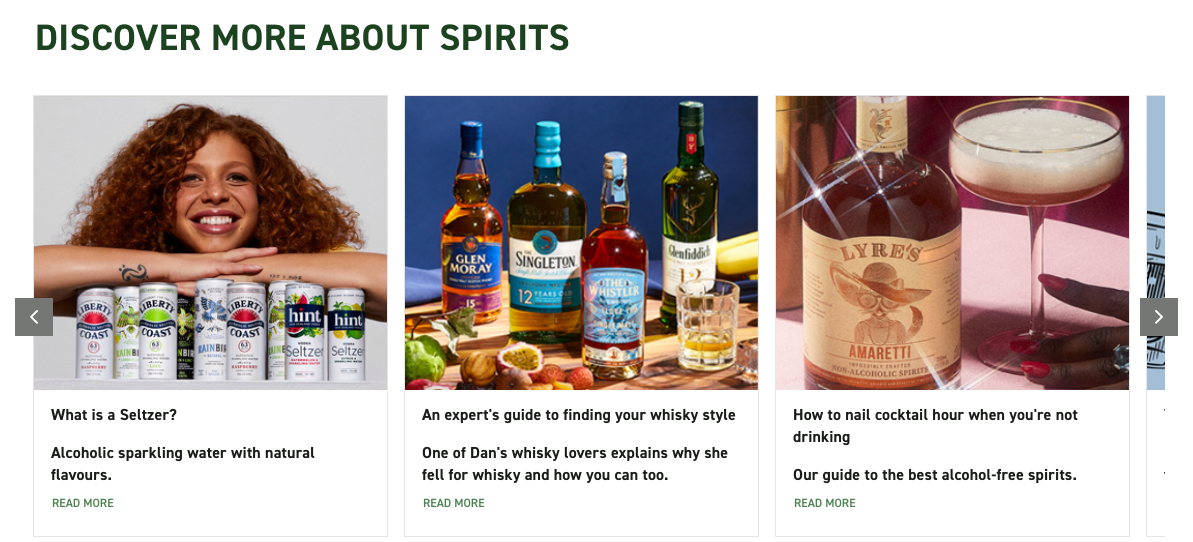Enterprise websites are behemoth projects to consistently maintain. It is imperative that enterprise businesses do just that to sustain their brand image, but also enhance their search engine visibility and user experience.
One of these website facets include content that is often mass produced. This is due to the largeness or complexity of the business structure and services they provide. It is an impressive feat to be able to scale content at this level, and certainly not easy.
Contrastingly, for small sites scaling content often involves a more hands-on, personalised approach. Budget and resource constraints mean they typically focus on creating high quality content for certain landing pages and blogs that will rank well and gain traction. They also rely on organic growth strategies, like SEO and social media engagement.
Enterprise-level websites operate on a much larger scale. They have more substantial resources, including larger budgets and teams, which allow for the production of a higher volume of content across various formats and platforms. In fact, many employ the help of automation tools and AI to accommodate this need for large scale content. Automation enables handling large volumes of content efficiently, crucial for enterprises that deal with extensive and diverse information across different sectors or markets.
Automation ensures consistency in content quality and branding across various platforms and geographic locations, which is vital for maintaining a cohesive brand image. It also facilitates timely updates and responses to market trends or customer needs, keeping the content relevant and up-to-date.
Whether you’re a startup, a larger business, or in between, it’s good to have an understanding on how enterprise websites are managing their content bulk. Read on to see how five enterprise websites are effectively scaling content.
What Does It Mean To Scale Content Successfully?
Before we go any further, it’s important to define what it means to scale content, and why it’s important for companies.
Scaling content refers to the process of increasing the production and distribution of content to reach a wider audience, while maintaining or improving its quality. When you scale content through enterprise SEO, you aim to create large chunks of content that taps into SEO measures and customers’ desire. This can be through updating category pages through SEO or creating more content, such as blogs to scale content and to keep up with the competitive online zeitgeist.
It’s not just about producing more content, but about producing the right content that engages enterprise SEO strategies and grows your audience. The goal is to maximise reach and impact without compromising the content’s relevance, consistency, or value to the audience.
5 Enterprises That Produce Content At Scale
1. The Iconic
The Iconic has an overwhelming amount of products on offer as an online fashion retailer. However, their categorisation and organisation of their products allows them to have a robust on-page SEO strategy, and a clean layout.
Their top-of-page content clearly labels the categories into two tiers: divided by demographic and then further into product categories.
On-page SEO content is prevalent at the bottom of this homepage. They have hit keywords pertaining to their categories, and have included interlinks throughout. It is short and concise, not coming across as spammy and incoherent in effort to solely just hit keywords.
As mentioned above, the Iconic truly has an overflow of products. To further ensure a cleaner website and easier user navigation, they have a ‘fashion glossary page.’
This is a great way to improve on-page enterprise SEO content as it targets many keywords, such as brands, demographics, and clothing items. It also allows customers to see a range of options of clothing types they wish to purchase.
Their individual landing pages for certain products prove to be effective. For example, their ‘Women’s Jeans and Denim’ category, which if you type ‘Women’s Jeans’ into Google comes up as the 7th search result. The top of their landing page features a carousel of the different jeans they have to offer, and clean bottom-of-page content, both interlinking to their related products.
Given the amount of content at scale to maintain, it only makes sense that certain processes are automated. This looks to be the case with many of the title tags and meta descriptions.
Having a template is not a bad idea at all, particularly for enterprise websites. It streamlines content processes that do not need much time taken. As long as the process or template is checked and refined regularly, it can be invaluable.
2. Masterclass
Masterclass is an online educational platform that offers a variety of classes taught by various ‘masters’ of their trade. In terms of ranking, they come number one in Google when ‘masterclass’ is typed in. They classify themselves aptly as ‘online classes’, however due to the broad range of businesses that it encompasses, including universities, they only come in at the 18th spot in search results.
Masterclass employs both visual and written elements well. Immediately upon arriving at the homepage, you are met with a questionnaire to answer, that will take you to a series of class recommendations, and a call to action to sign up.
Given its video-centric platform, the top-of-page navigation takes you directly to Masterclass videos that align with your chosen category and subcategories, with an option to ‘view all.’
Their landing page FAQ is well presented in opening text boxes, divided into three sections: ‘General,’ ‘Pricing & Payment,’ and ‘Sessions.’ The answers interlink accordingly to other landing pages that make up the rather large scale website.
Naturally, an enterprise such as this that aims to be a top knowledge provider will have a wealth of blog articles. This enterprise content aims to:
- Establish Masterclass as a reliable leader within the various industries it caters to.
- Increases brand visibility by tapping into niche and trendy topics that entice users.
- Promote their classes through the subheadings listed at the beginning of each blog post.
As a business that is content heavy, Masterclass has an enterprise content management system that makes the website palatable and enticing to potential customers.
3. JB-Hi-Fi
The electronics and technology industry is often confusing for those who don’t have a pulse on the up and coming gadgets. Yet, it is a necessary industry in the e-commerce space and of course, competitive. JB-Hi-Fi maintains enterprise content that is well categorised and valuable in its approach.
As mentioned before, electronics can often seem complex, however JB-Hi-Fi makes it palatable from the beginning of the buying journey as categories are specified into easy-to-understand characteristics.
Their ‘computer’ landing page is ranked number one, for good reason. While a bit overwhelming visually, their layout and scaling content is well done. The top of the page is a carousel of laptop categories and related accessories. Before getting to the main catalogue, users are met with a ‘find your new computer quiz’ wherein they can answer a series of questions to get targeted purchase recommendations.
The bottom-of-page FAQs they provide are notably well done. They answer useful questions such as ‘what are the different types of computers and tablets?’ and ‘what are all in one computers?’ Throughout their answers, they interlink to relevant subcategory laptop landing pages.
These subcategory landing pages, such as ‘2 in 1 Laptops’ do not have as much written content, other than introductory sentences at the top of the page. However, they use keywords well in this paragraph with generic ones, such as ‘laptop’ and ‘tablet’ along with more specific ones, such as ‘2 in 1 laptops’ and ‘hybrid laptops.’
This intentional use of verbiage, combined with a well done layout, and the business’ expertise on the subject matter makes it rank number 2 on Google.
4. Myer
Department stores are mega businesses accessed by customers in every walk of life. With an entity such as Myer, which serves as a one-stop shop for a plethora of needs, it’s a given that the website is a mammoth to manage content wise.
Myer does not contain solely written chunks for all of their landing pages. In fact, their parent pages are more visually oriented. Their ‘Women’ page features interlinked tiers of their relevant subcategories, popular brands, and their most popular products, which allows them to capture keywords in a more visually appealing manner.
Myer’s most common purchases come from their fashion on offer. Hence, subcategories such as men’s t-shirts, which ranks number 1 on Google, feature bottom-of-page content interlinked with relevant categories. Contrastingly, seasonal categories such as Christmas Home Decor do not have this, likely because they are only popular during the end of the year.
As mentioned in the introduction, enterprise websites need automation services to accommodate the mass content produced. The uniformity of the meta descriptions for different landing pages make it likely these were automated to insert the relevant keywords for each respective page, ultimately saving time.
5. Dan Murphy’s
Like the technology sphere, the Drinks industry is largely multifaceted. With deep histories associated with the different beverages, it can almost seem intimidating to branch out and expand your palette. However, Dan Murphy’s enterprise content scheme makes the long-standing industry more accessible to the average person with its detailed website layout.
Their category pages are well thought out. Having a look at their parent category ‘Wine’ shows the different types across the sidebar. Here, ‘Red Wine’ for example, has a drop down wherein these products are further categorised by red wine types, brands, regions where they are from, and subscription packages.
Most of the drop down menu items feature bottom-of-page FAQs. These are likely created through automation as they all feature four questions with essentially the same queries, just altered to accommodate the landing page it is for.
The landing pages for the parent categories also seem to follow a template. Take the premix and beer landing pages for example. Both start with an enticing paragraph about the drink. There is a tab called ‘Our Range’ featured on both, which allows customers to click on the drink ranges available for each alcohol type.
They currently feature the same Christmas ad and show a carousel of their respective top sellers. These pages also feature a carousel of related blogs to each alcohol type, to inform and give potential customers inspiration.
This is a solid template for their landing pages. It targets relevant keywords, and displays a variety of their content at scale, whether it’s through linking their category pages or through their blog carousel. It certainly seems to be yielding results too, as ‘Spirits’ and ‘Beer’ are ranked number one and two respectively on Google search.
Hence, Dan Murphy does a good job at organising and managing relevant content at scale, and making the liquor industry less daunting to a general audience.
Get Inspired By Enterprise Content
Enterprise websites require content at scale to be produced in order to keep a high standard of user experience and enterprise SEO. These are just a few examples of websites, where despite differences in industry, are able to take a personalised approach to producing content at scale to maintain their industry superiority.



